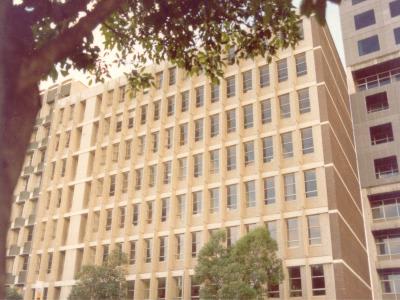Australia’s inflation rate has officially climbed higher than we’ve seen in decades, with the latest figures showing consumer prices are now increasing at an annual rate of 5.1%.
It’s an issue being felt around the world, with the UK inflation rate reaching 7% in March and the US inflation rate now over 8%.
There are several contributing  factors – namely the Russia-Ukraine war which has pushed fuel prices sky high, and post-pandemic supply chain disruptions which have led to shortages in an array of industries.
factors – namely the Russia-Ukraine war which has pushed fuel prices sky high, and post-pandemic supply chain disruptions which have led to shortages in an array of industries.
Coupled with rising interest rates, it is a concerning predicament for many Australian families for whom wages remain stagnant. On 7 June, the largest single interest rate hike in over two decades brought the official cash rate to 0.85%.
In our last article exploring RSM’s history and the skills shortages faced by the firm in the 1940s, it’s interesting to draw parallels between the rising inflation we’re seeing today and those experienced in the 1950s. In fact, inflation has never been so high in Australia as it was in the fourth quarter of 1951 when it reached a whopping 23.9%!
The cause was said to be the Korean War, which began almost immediately after World War II ended. And while the impacts were widespread, they weren’t necessarily all negative.
INFLATION CAN CREATE OPPORTUNITIES
When supply and demand is an issue, those who have supply power generally find themselves in an enviable position. This was certainly the case for sheep farmers when the Korean War created a world-wide shortage of wool.
For farmers in general, the value of land also surged in 1950 after a government cap limiting how much a property could be sold for was lifted.
lifted.
This affected The National Service Company (as RSM was known in those days) in numerous ways.
In particular, the firm saw a surge in demand for accounting services from farmers who had finally found themselves in a very prosperous position and needed help with:
- Hefty tax bills resulting from strong profits
- Expansion and purchasing new assets
- Estate planning to reduce the impact of death duties
Especially with Australia’s tax system evolving, expert advice became crucial to help farmers manage their prosperity and make astute decisions to protect their wealth.
Today, we’re seeing similar situations with Australian farmers whose land values have grown exponentially.
This has impacted many areas of their lives, including family dynamics and succession planning.
Trusted advisers have become an important piece of the puzzle to assist with forward planning and mediation – as well as balancing financial opportunity with risk.
THE NEED TO TREAD CAREFULLY
Balancing opportunity and risk in periods of rising inflation is perhaps felt most strongly within the property and construction sector.
The cost and availability of materials and labour creates enormous pressure at a time of high demand; which today is fuelled by initiatives such as the HomeBuilder Grant and surplus savings from lack of spending during lockdowns.
Several notable construction companies have recently made headlines after going into voluntary administration. Cited reasons do not include a lack of work, but rather difficulty managing cashflow and meeting delivery timeframes amid present challenges.
These are not unlike the challenges faced during the 1950s inflation spike, when The National Service Company purchased land in Perth to construct an office building. The development application was submitted in 1951, but construction was continuously postponed due to “the alarming rate at which the pound was declining”. Steel and cement were also in short supply and therefore very costly.
It wasn’t until 1954 that construction started, and the construction company itself suffered financial difficulty during the build. While it managed to pull through, the project took much longer than the expected 32 weeks to deliver.
As we near the end of the current financial year, it will be important for leaders in all industries – and particularly agriculture and property and construction – to find a comfortable balance between risk and opportunity.
Prices are rising, but the surrounding circumstances are extremely volatile and uncertain. Maybe we can learn from the measured way that The National Service Company approached the start of the 1950s.
Still recovering from post-war labour shortages, the firm’s leaders:
- Kept a strong eye on the numbers
- Carefully balanced their capacity to deliver amid high demand
- Continued exploring new opportunities to meet client needs
After all, it was an approach that saw the firm finish the decade with almost double its personnel numbers and a revenue increase of 240%.
Join me next month as we step into the swinging 60s: a time of change and growth for all.





